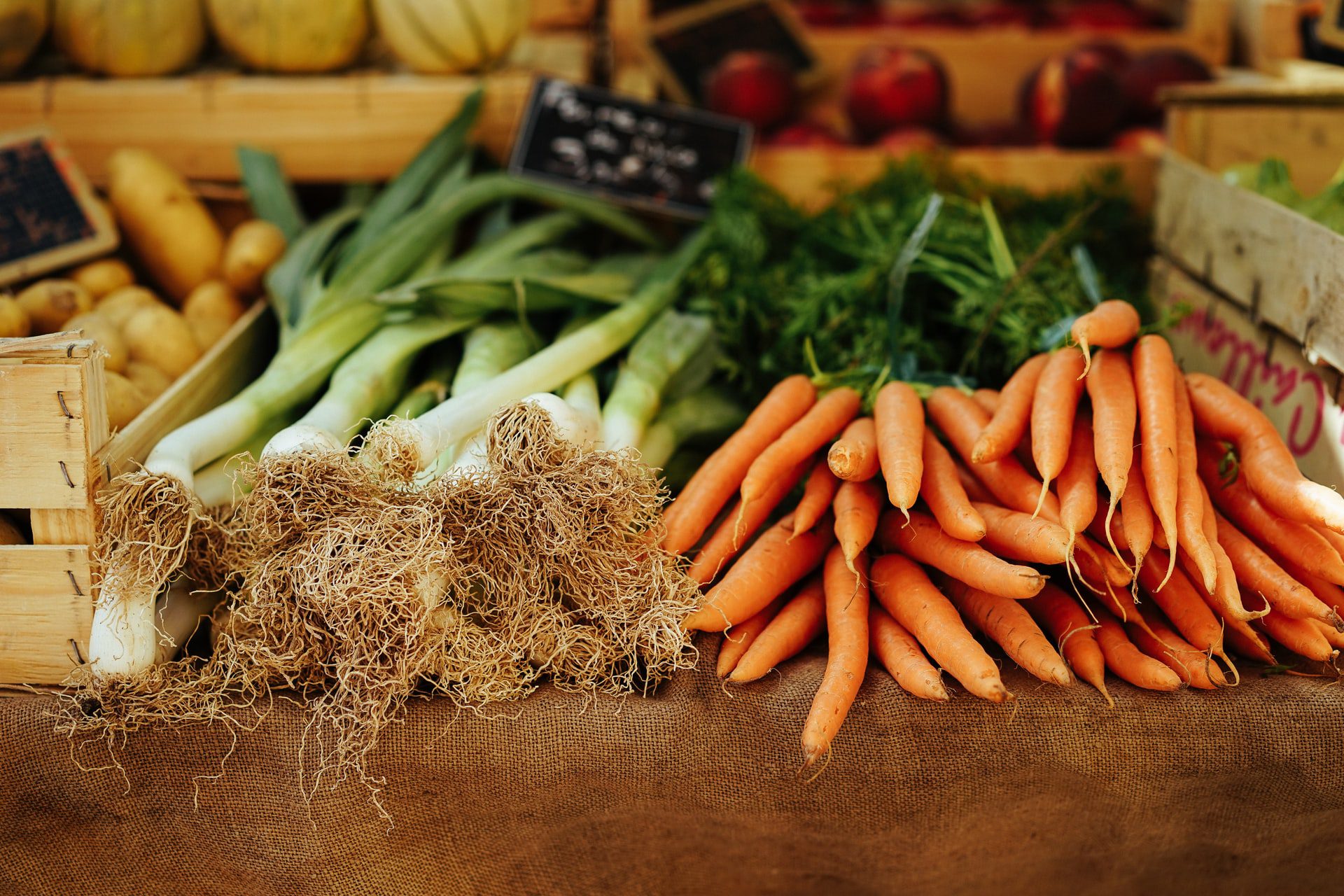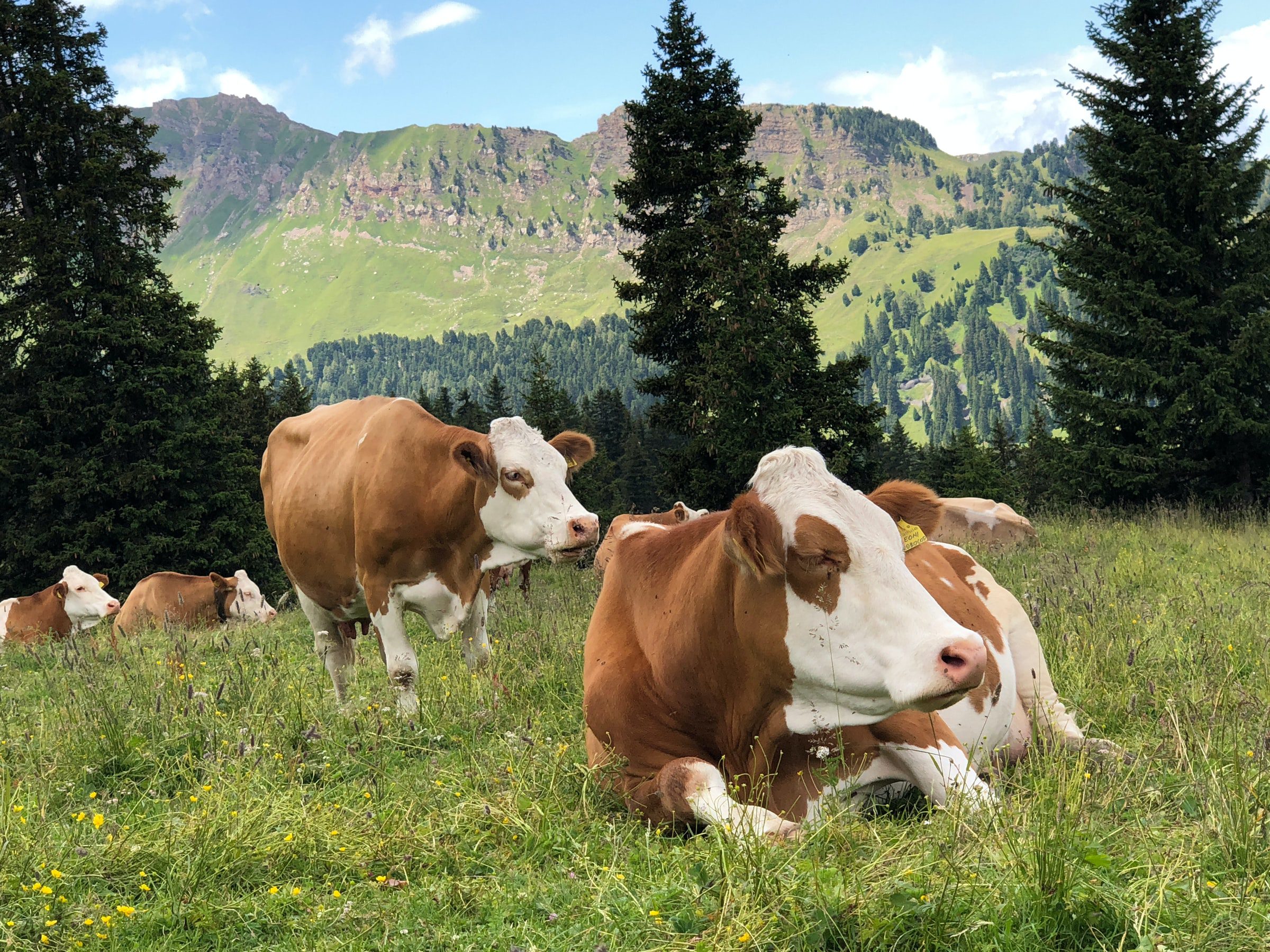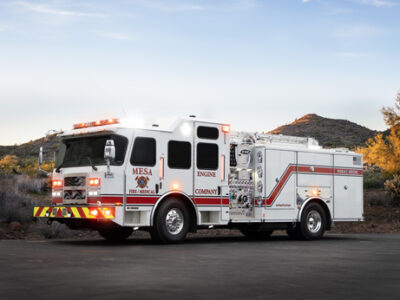In the rolling hills and big skies of north-central South Dakota, there’s a change coming. Here, on the Cheyenne River Sioux Reservation, the Ducheneaux family’s DX Ranch is working 250 head of beef cows in harmony with the land in a farming approach known as regenerative agriculture. The goal is to leave the farm’s natural resources in better shape than when they found it. Their holistic approach to ranching includes rotational grazing on nearly 8,000 acres of grassland leased from the Cheyenne Sioux, alongside the cultivation of native grasses and a diversity of plant populations. The work on the land not only protects vital natural resources, but also creates a healthier beef product. With agriculture responsible for 10 percent of all United States greenhouse gas emissions, farms like these are an important way to create change.
“We’ve really focused on ensuring that we’re not just thinking about the livestock above ground but we’re also thinking about the livestock below ground,” Kelsey Ducheneaux said. “There’s a direct connection between soil health and human health through the meats that we eat off the land.”

Located near Gettysburg, DX Ranch’s regenerative approach includes only harvesting hay from their own ranch, so that the wastes from that hay returns to the ground to replenish it. The ranch is seeing big results from their approach. In fact, in the past year, their sales have increased 1,300 percent. This comes even as the ranch keeps costs low to ensure native families on the reservation have access to the beef.
The DX Ranch is one of many around the country joining in on this sustainable approach to raising livestock. It’s a holistic model that keeps a farm from growing exponentially as it eats up land resources. Instead, this green cyclical approach improves the quality of the region’s environment, the farm’s pastures, cattle health, and profit. Even large corporations such as Danone North America, General Mills, and yogurt maker Stonyfield have launched programs designed to improve soil health at dairy farms, as they work toward zero emissions. Though the programs are voluntary so far, they offer financial assistance and training to help transform the farms from major carbon emission producers into regenerative farms that have low to zero emissions.
“Food companies have a tremendous amount of influence on their farmers. So if they are actively promoting these practices, that speaks volumes to the farmers,” said Allen Williams, founder of Soil Health Academy. “It signals to them that companies are getting serious about regenerative agriculture and maybe the farmers should, too; otherwise, they won’t want to buy from them. It’s an impetus that can help drive this movement more rapidly.”

As dairy and beef farms like DX Ranch become more sustainable, they are better equipped to meet the rising global demand for beef. In America alone, cattle graze on 775 million acres of land, and the corn used for cattle feed is grown on an additional 30 million acres. Together, this makes up 40 percent of America’s landmass. As ranchers move to circular soil and land health methods, the amount of carbon sequestered in the soil grows, improving the long-term health of the cattle, the corn, and the people who eat each. As the results at DX Ranch show, this type of resilient food system is both profitable and sustainable.





